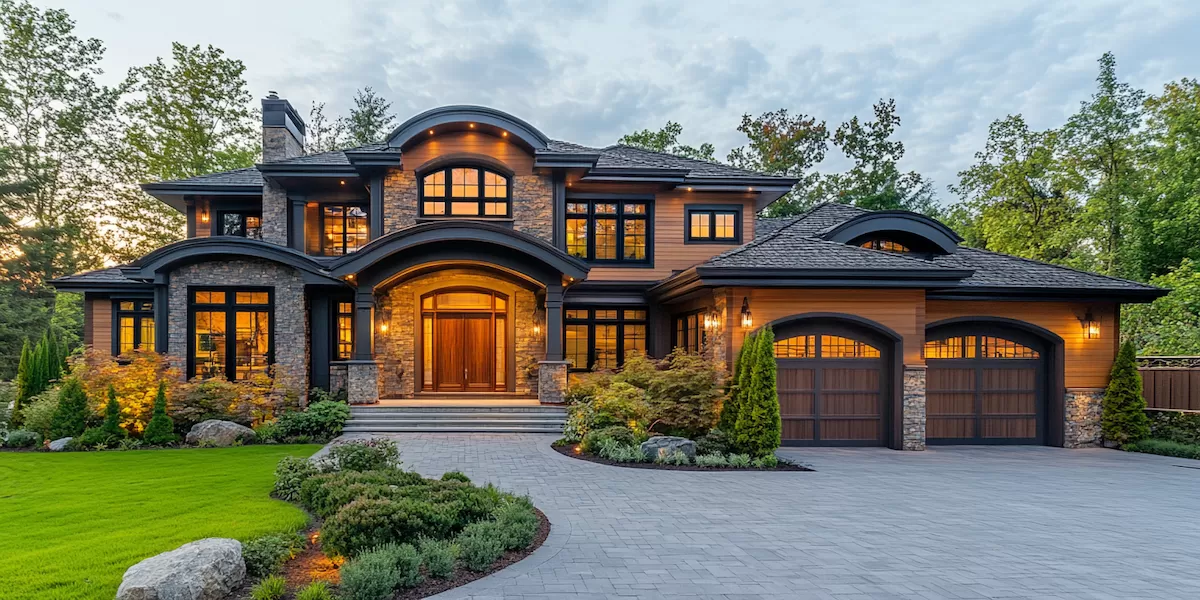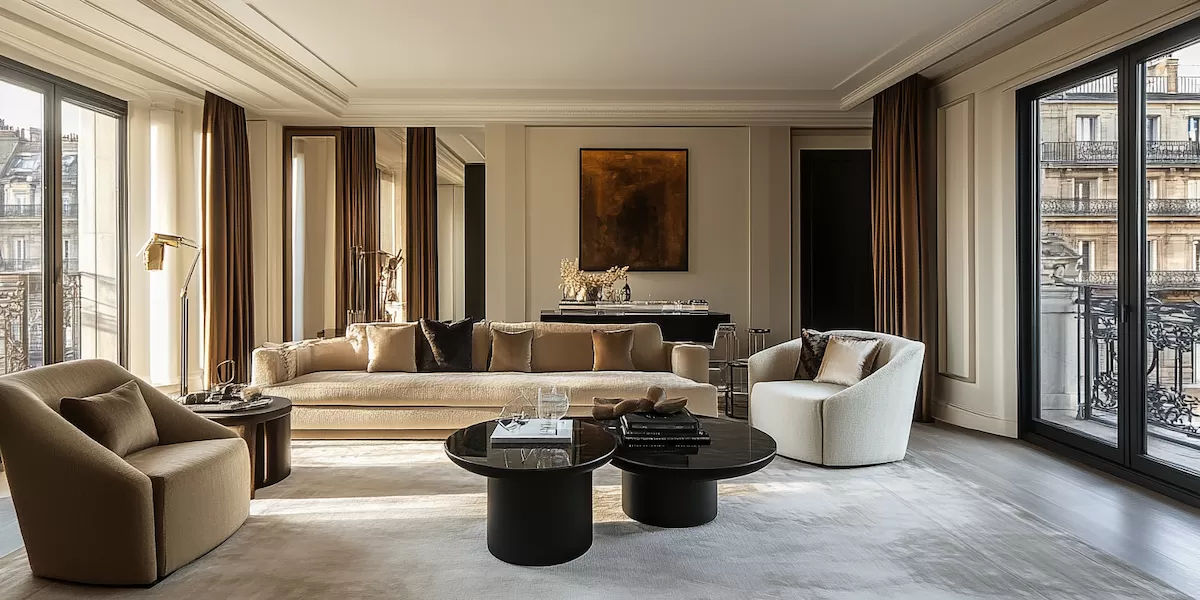What to choose: a new home or the secondary market?
Buying a home is one of the most important financial decisions a person can make in their life. It involves a significant investment and a long-term commitment. One common question buyers ask is: "What is more advantageous – buying a new apartment in a recently built block or one from the secondary market?"
The choice depends on various factors, such as the available budget, personal preferences, the need for a quick move, or the desire for a customized space.
New apartments offer modern technology, comfort, and energy efficiency, but they may come at higher prices. On the other hand, secondary market properties are often more affordable and located in well-developed areas in terms of infrastructure.
Let’s take a detailed look at the advantages and disadvantages of each option.
Advantages of a New Apartment
Impeccable condition and no wear and tear
A new apartment is a space that has never been lived in, which means there are no risks related to old installations, cracked walls, or hidden issues. You don’t have to worry about urgent repairs, giving you a hassle-free start.
Modern technology and energy efficiency
New buildings are constructed according to the latest standards of quality and energy efficiency. Some of the advantages include:
Advanced thermal and acoustic insulation, reducing heating and cooling costs.
State-of-the-art double-glazed windows that provide better sound insulation.
Modern heating systems, such as underfloor heating or more efficient block heating systems.
The use of eco-friendly materials, contributing to a healthy living environment.
These features ensure superior comfort and lower utility costs.
Modern and functional layout
New apartments are designed to provide more usable space and efficient organization of the living area. Common features include:
- Open-space living areas integrated with the kitchen.
- Large windows offering more natural light.
- Spacious and well-ventilated bathrooms.
- Generous balconies or even terraces.
This type of layout provides more comfort and flexibility in arranging the space.
Opportunity to customize finishes
If you buy the apartment during the construction phase, you have the opportunity to choose the finishes: tiles, flooring, doors, wall colors, etc. This way, your home will reflect your personal style without the need for renovations.
- Enhanced security and modern facilities
- New buildings are equipped with modern security systems, such as:
- 24/7 video surveillance and controlled access via intercom.
- Modern fire safety systems.
- Latest-generation elevators, faster and safer.
Many residential complexes include underground parking, green spaces, playgrounds, and commercial areas.
Disadvantages of a New Apartment
Higher price
New apartments generally cost more than those on the secondary market. The costs reflect the use of modern materials, energy efficiency, and included amenities.
Infrastructure may still be developing
Many residential complexes are built on the outskirts of cities, where public transportation, schools, and shopping centers may not be fully developed initially.
Possible delays in completion
If you buy an apartment during construction, there’s a risk that the developer may delay the completion of the project.
Advantages of a Secondary Market Apartment
More affordable price
Secondary market apartments are generally cheaper than new ones, especially in older areas of cities.
Fully developed infrastructure
A major advantage is that these properties are located in neighborhoods with already developed infrastructure: schools, hospitals, stores, well-developed public transportation, and other amenities necessary for comfortable living.
Immediate move-in possibility
If you don’t want to wait for construction to finish, a secondary market apartment allows you to move in immediately after purchase.
Room for price negotiation
Unlike developers, who offer fixed prices, sellers of secondary market properties are often open to negotiations.
Disadvantages of a Secondary Market Apartment
Uncertain technical condition
Older properties may have worn-out electrical and plumbing systems, problems with thermal and sound insulation, old elevators, or structures affected by time.
Additional renovation costs
Often, secondary market apartments require significant renovations, which entails additional costs.
Outdated design and rigid layout
Old apartments often have small kitchens and bathrooms, poorly optimized spaces, and are harder to modify without large investments.
Conclusion
Both new apartments and those from the secondary market have their advantages and disadvantages. The right choice depends on your budget, comfort preferences, the time you want to move in, and long-term investment considerations.
If you want a modern, energy-efficient apartment with customized finishes, then a new home is the best choice. However, if you have a more limited budget and want to benefit from an already developed neighborhood infrastructure, a secondary market property might be the more advantageous option.









